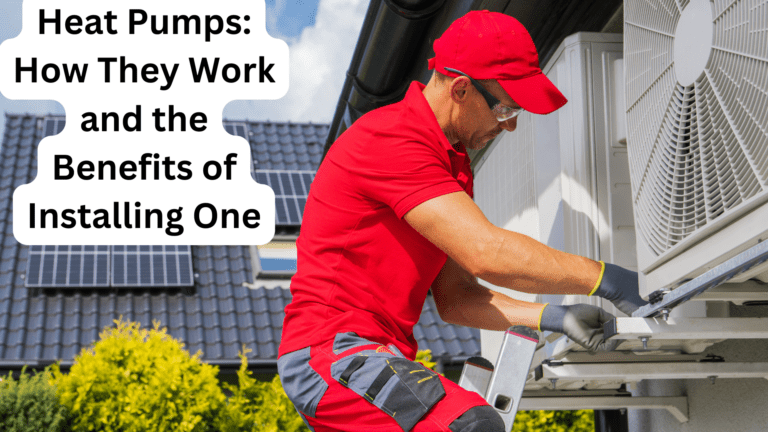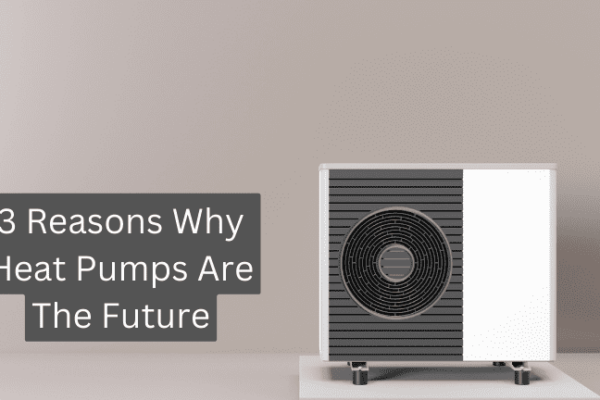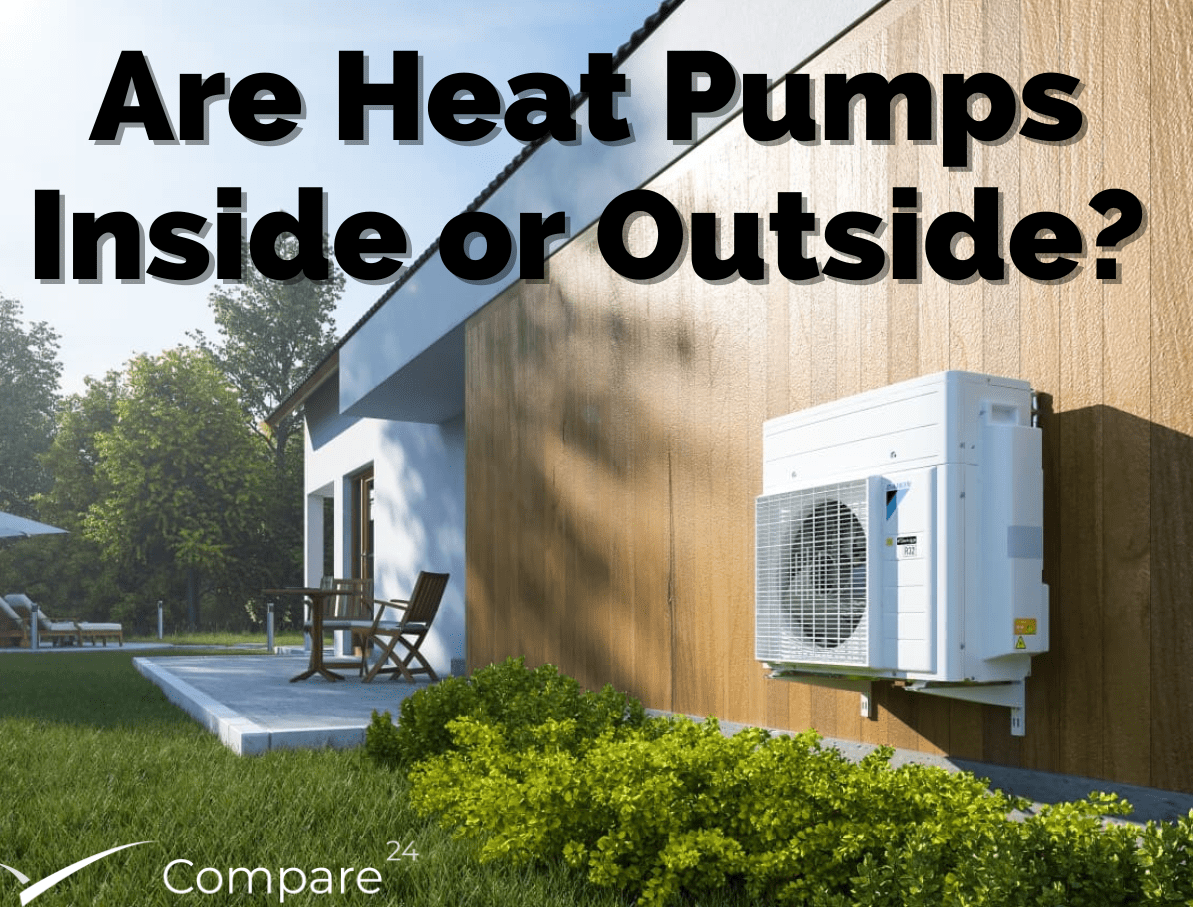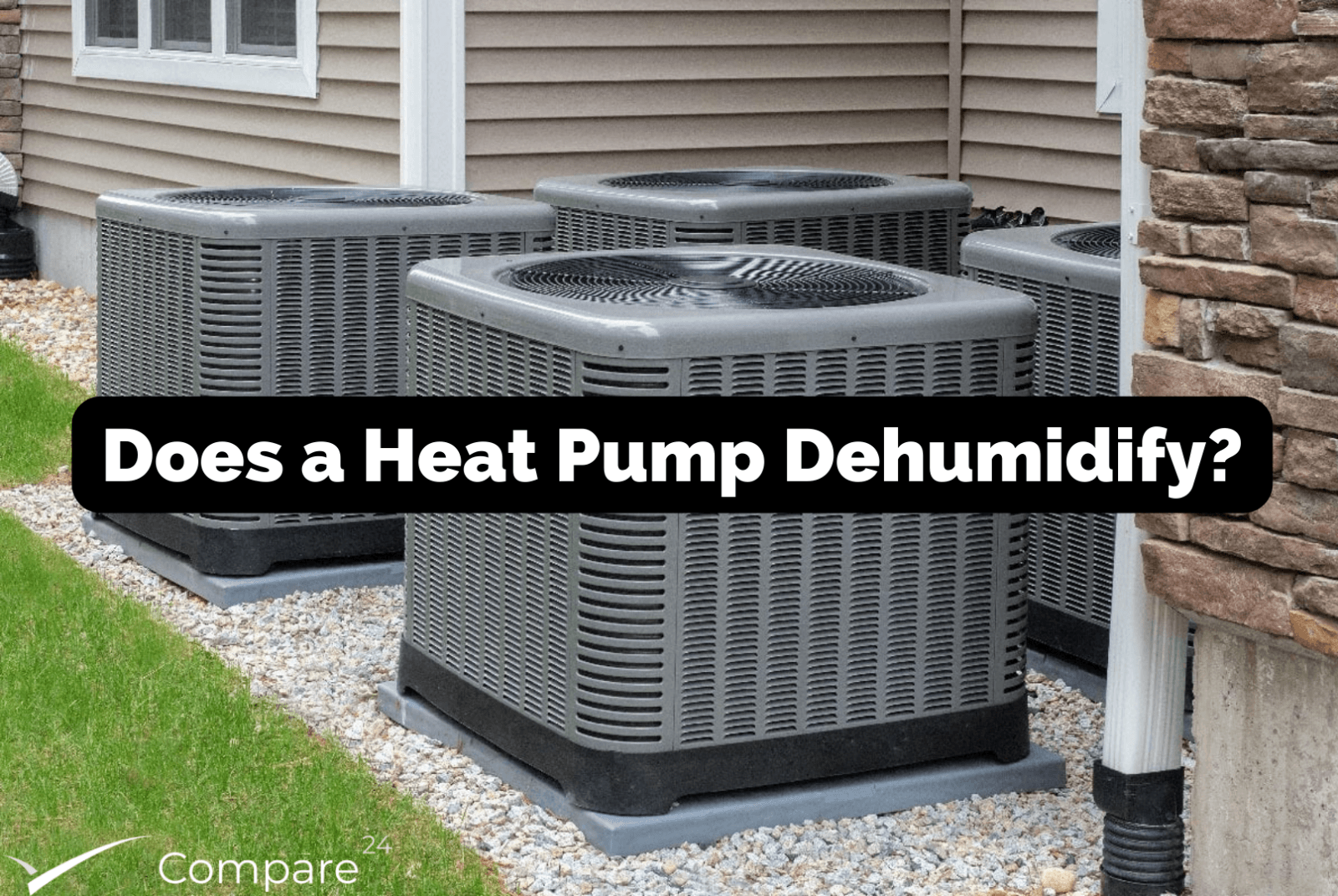Introduction
Heat pumps are an energy-efficient way to heat and cool your home. Heat pumps use the same technology as air conditioners, but they can also provide heat in cooler months. In this article, we’ll explore how heat pumps work, the benefits of installing one, and the differences between air source and ground source heat pumps.
Chapter 1: How Heat Pumps Work
A heat pump is an air conditioner that can also provide heat in cooler months. It uses electricity to move heat from one place to another, so it can take heat from the outside air and transfer it inside your home. Heat pumps are powered by electricity, and they use a refrigerant to move heat from one place to another. When set to “cooling” mode, the heat pump takes the heat from inside your home and transfers it outside. In “heating” mode, the process is reversed, and the heat pump takes the heat from outside and transfers it inside. Take our short quiz and get quotes on the most efficient heat pumps.
Chapter 2: The Benefits of Installing a Heat Pump
Installing a heat pump can provide numerous benefits for your home. Heat pumps are more energy-efficient than traditional heating and cooling systems because they don’t generate their own heat. Instead, they transfer heat from one place to another, which is more efficient and can save you money on your energy bills. Heat pumps are also quieter than traditional heating and cooling systems, so they won’t disturb your daily life. Finally, heat pumps can provide both heating and cooling, so you won’t need to install separate systems for each.
Chapter 3: Air Source Heat Pumps
An air source heat pump is the most common type of heat pump. Air source heat pumps draw heat from the outside air and transfer it inside your home. This type of heat pump can be installed on the side of your house or on the roof. The primary benefit of an air source heat pump is that it’s relatively easy to install and can be used in any climate. The downside is that it’s not as efficient as other types of heat pumps because it has to work harder in colder climates.
Chapter 4: Ground Source Heat Pumps
Ground source heat pumps draw heat from the ground and transfer it inside your home. This type of heat pump is more efficient than an air source heat pump because the temperature of the ground is more consistent than the outside air. Ground source heat pumps are also more energy-efficient because they don’t have to work as hard to transfer heat. The downside is that they’re more expensive to install because they require a large loop of pipes to be buried in the ground.
Chapter 5: Heat Pump Maintenance
Heat pumps require regular maintenance to keep them running efficiently. This includes checking the refrigerant levels, cleaning or replacing the filters, and checking the system for signs of leaks. It’s also important to have your heat pump serviced regularly to ensure that it’s running at peak efficiency.
Chapter 6: Heat Pump Installation
Installing a heat pump requires the expertise of an HVAC technician. The technician will inspect your home to determine the best location for the heat pump and size the system based on the size of your home. The technician will also install the necessary ductwork and electrical wiring. Finally, the technician will ensure that the system is running correctly and make any necessary adjustments.
Chapter 7: Heat Pump Prices
The cost of a heat pump can vary based on the type of system you choose and the size of your home. Air source heat pumps tend to be more affordable than ground source heat pumps, and the cost can range from around $2,000 to $7,000. Ground source heat pumps are more expensive, ranging from $7,000 to $15,000.
Chapter 8: Heat Pump Rebates and Incentives
Many governments and utility companies offer rebates and incentives for homeowners who install heat pumps. These incentives can help offset the cost of the system and make it more affordable. It’s important to research the available rebates and incentives in your area to see if you qualify.
Chapter 9: Tax Credits and Financing Options
In addition to rebates and incentives, you may also be able to take advantage of tax credits and financing options when installing a heat pump. Tax credits are available for certain types of energy-efficient home improvements, and financing options allow you to spread out the cost of the system over several years.
Chapter 10: Conclusion
Installing a heat pump can provide numerous benefits for your home. Heat pumps are more energy-efficient than traditional heating and cooling systems, they’re quieter, and they can provide both heating and cooling. There are two types of heat pumps: air source and ground source. Air source heat pumps are more affordable to install, but ground source heat pumps are more efficient. Heat pumps also require regular maintenance and servicing to ensure that they’re running at peak efficiency. Finally, there are several incentives, rebates, tax credits, and financing options available to help offset the cost of installing a heat pump.
Take our free quiz to find out how much heat pump costs.




